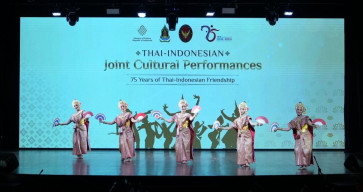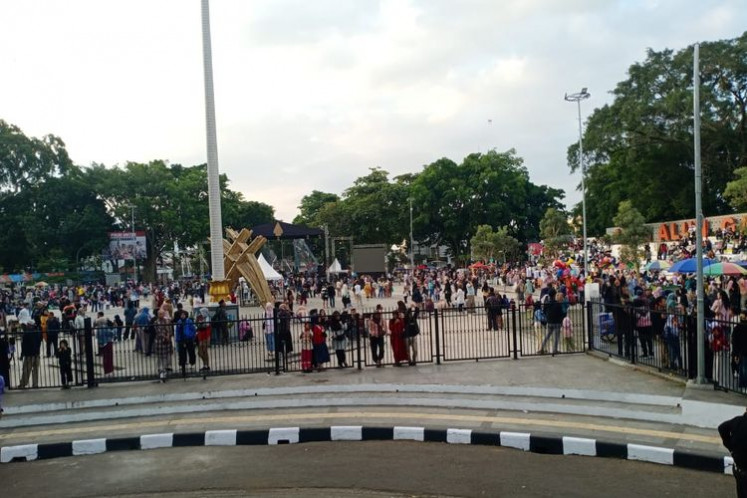Popular Reads
Top Results
Can't find what you're looking for?
View all search resultsPopular Reads
Top Results
Can't find what you're looking for?
View all search resultsUN: Women live longer but face violence and discrimination
Egyptians women wait to cast their votes outside a polling station during the first round of the Egyptian parliamentary elections, in Alexandria, Egypt, Sunday
Change text size
Gift Premium Articles
to Anyone
E
span class="caption">Egyptians women wait to cast their votes outside a polling station during the first round of the Egyptian parliamentary elections, in Alexandria, Egypt, Sunday. (AP/Hassan Ammar)
Women are living longer, healthier lives and getting more education, but violence and discrimination against women are widespread and only a few are cracking the "glass ceiling" to top leadership, according to a U.N. report Tuesday on progress toward gender equality.
On the plus side, the report said women's life expectancy has increased to 72 years compared to 68 for men, and women globally are having fewer children ' 2.5 children in 2010-2015 compared with 3 children in 1990-95, though in central and west Africa women still have an average of 5.6 children.
On the minus side, the report said over one-third of women worldwide have been victims of violence, fewer than 4 percent of the world's leading corporations had female CEOs in 2014, and in many countries women continue to economically depend on their spouses.
The World's Women 2015 report, issued every five years by the Statistics Division of the U.N. Department for Economic and Social Affairs, measures progress toward equality for women, which was an unmet U.N. goal for 2015 and remains a goal for 2030.
U.N. Secretary-General Ban Ki-moon said the 17 goals for the next 15 years, adopted by world leaders at a summit last month, cannot be achieved "without full and equal rights for half of the world's population, in law and practice."
"Far too many women and girls continue to be discriminated against, subjected to violence, denied equal opportunities in education and employment, and excluded from positions of leadership and decision-making," Ban said.
According to the report, 58 million youngsters are not attending primary school worldwide, more than half of them girls. And only 50 percent of women of working age are in the labor force, mainly in low paid jobs, compared with 77 percent of men. (k)(++++)










